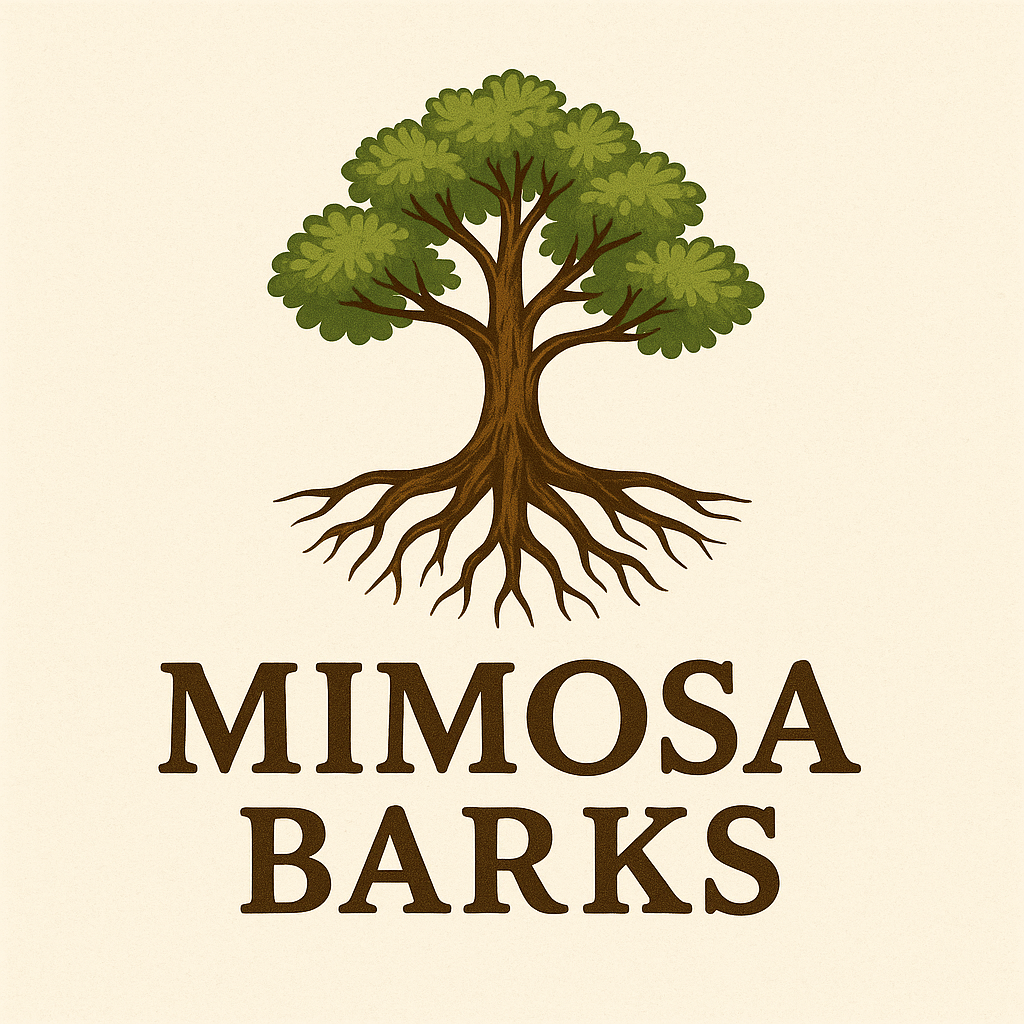Uncategorized
Can you smoke mimosa hostilis root bark powder.
Can You Smoke Mimosa Hostilis Root Bark Powder?
Introduction
Mimosa hostilis (also known as Mimosa tenuiflora) root bark has gained attention in alternative, ethnobotanical, and spiritual communities. But a common question is: “Can you smoke Mimosa hostilis root bark powder?” This article examines what is known (and unknown), what risks are involved, what the legal issues are, and safer alternatives.
What is Mimosa Hostilis Root Bark Powder?
- Mimosa hostilis root bark (often abbreviated MHRB) is the inner bark from the root of the Mimosa tenuiflora tree, dried and ground into powder.
- It is better known for uses as a natural dye, skin care ingredient (tepezcohuite), and in traditional ritual brews. mimosabarks.com+2Healthline+2
- It contains tannins, flavonoids, and other bioactive compounds.
- According to Wikipedia, dried Mexican Mimosa tenuiflora root bark has been reported to have a DMT content in the range of ~1–1.7 %.
Because of that DMT presence, it often attracts interest from people looking to vaporize or smoke it.
Is Smoking MHRB Possible—How Might It Work?
In theory, smoking a powdered botanical is possible. But there are several practical challenges:
- Low yield and inefficiency
- The amount of DMT (or any psychoactive alkaloid) in raw root bark is extremely low relative to a pure extract.
- Smoking raw plant material is typically much less efficient than vaporizing or using purified compounds.
- Decomposition & burning
- Many alkaloids degrade at high temperatures. Smoking involves combustion, which may destroy or alter the active compounds before they can be absorbed.
- Harshness / irritation
- The fine powder may be very irritating to the throat, lungs, and mucous membranes if inhaled.
- Some sources warn that MHRB powder is so fine that particles are easily inhaled unintentionally, posing respiratory risks.
- Additives, contaminants, or adulterants
- If the bark is not pure, or contains residual solvents, dust, or microbial contamination, smoking could carry additional hazards.
In summary: yes, one could attempt to smoke MHRB powder, but doing so is largely inefficient, risky, and poorly studied.
Risks & Safety Concerns
When considering smoking MHRB, several safety and health issues must be acknowledged.
Respiratory irritation or damage
Inhaling fine particulate matter can irritate the lungs, lead to coughing, bronchitis, or chronic lung injury—especially if the smoke contains other byproducts or combustion residues.
Unknown toxicity
There is very limited research on inhalation toxicity of Mimosa hostilis bark constituents. Most existing studies examine topical or oral use. For example, an ethanolic extract of M. tenuiflora showed some toxicity studies in animal models.
Legal and regulatory risks surrounding DMT
Because the plant contains trace amounts of DMT, which is a Schedule I controlled substance in many countries, attempts to smoke or extract it may run afoul of drug laws.
- DMT is regulated under the 1971 UN Convention on Psychotropic Substances.
- Simply possessing or processing bark with intent to extract or smoke may be legally risky depending on jurisdiction.
Unverified claims & misinformation
Many sources on the internet promote smoking MHRB for spiritual or recreational effects, but these claims often lack rigorous scientific backing.
Legal Considerations & Caution
Because DMT is a regulated substance in many jurisdictions, any use of mimosa bark for psychoactive purposes could be illegal—even if one is just smoking the raw plant.
If you promote smoking or extraction, you may attract legal scrutiny. Always consult local laws before engaging in such use.
Safer Alternatives & Recommended Uses
If your interest is botanical, spiritual, or experimental, here are safer paths:
- Use as a dye or topical skin remedy
Mimosa hostilis bark is widely used in cosmetic and dermatological contexts (e.g. tepezcohuite) for wound healing, burns, skin regeneration. mimosabarks.com - Decoctions or infusion (traditional ritual brews)
In traditional Brazilian lore, mimosa is used as a brewed “jurema” drink, not smoked. - Extraction under controlled, legal context
If one has legal permission (for research, etc.), purified extraction under lab conditions yields more controllable results than direct smoking. wikipedia

